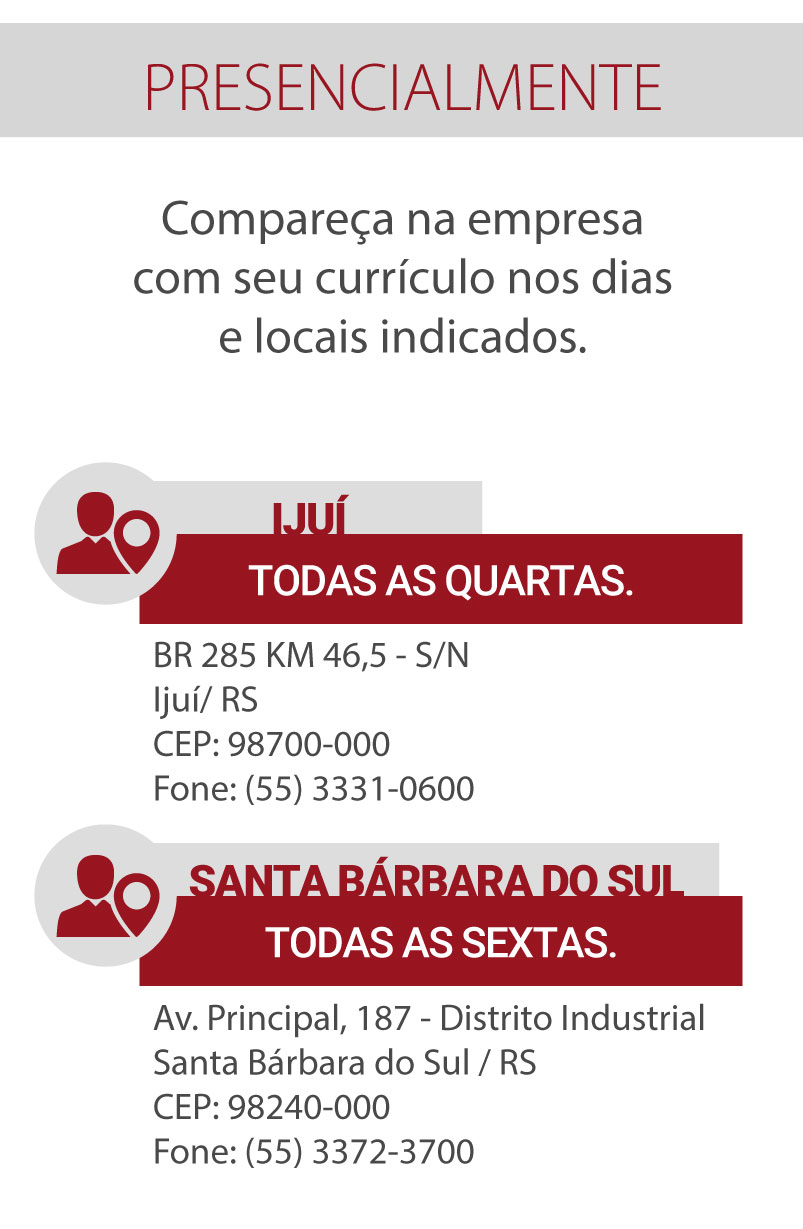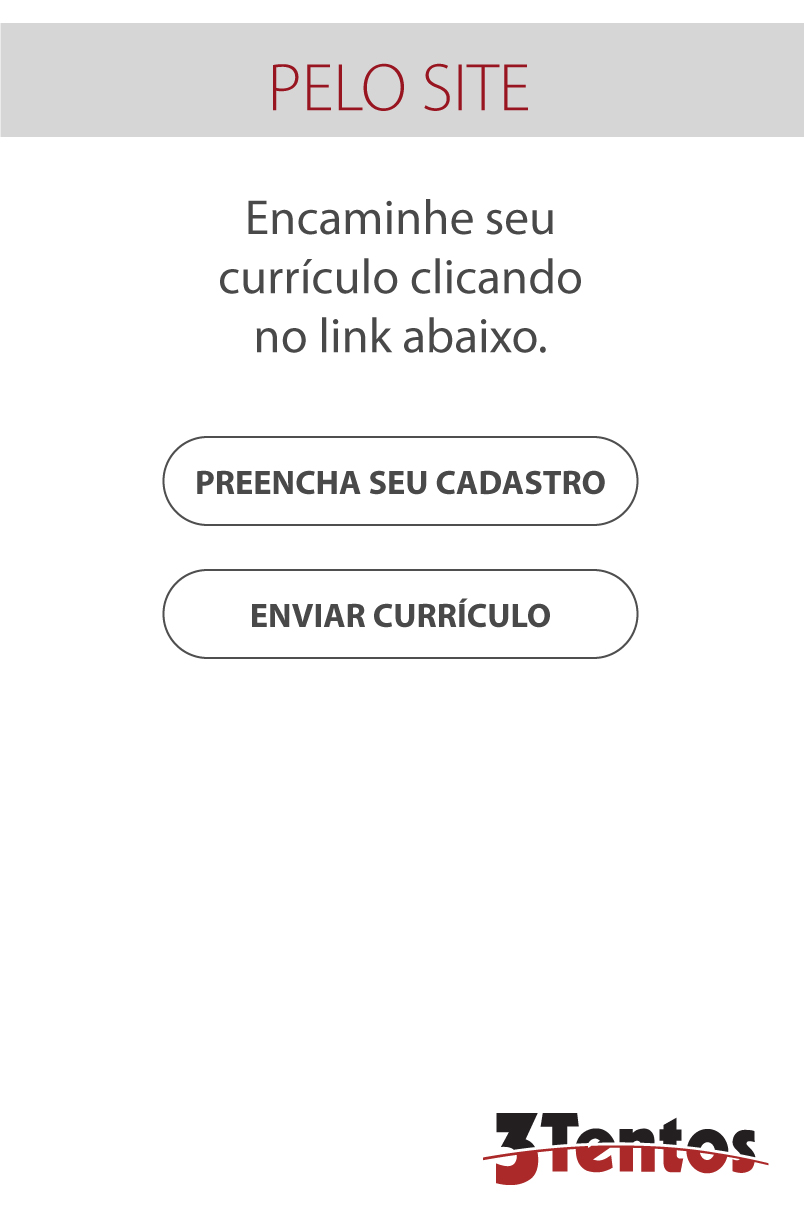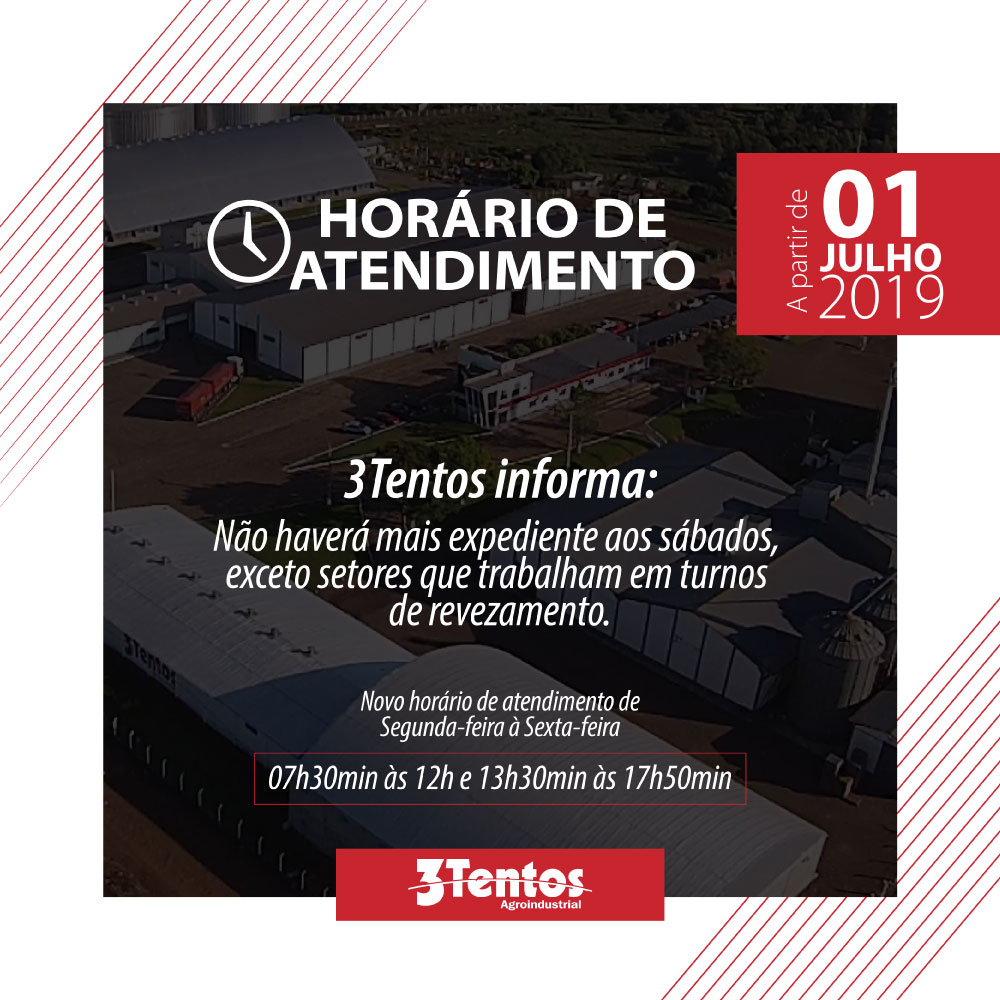Soil liming consists of applying limestone to crops with the main objective of increasing the pH (leaving the soil less acidic), reducing the activity of toxic aluminum (Al+3), in addition to adding calcium and magnesium to the soil, being a of the most important and lowest cost practices when it comes to soil fertilization.
In addition to the direct effects mentioned, we also have the indirect effects, such as increasing the soil's ability to retain important nutrients, such as potassium, and increasing the availability/efficiency of phosphorus in the soil ecosystem. This set of beneficial factors ends up significantly favoring the increase in biological activity, improving what we call soil health, which is the soil's ability to provide nutrients in a balanced way to plants, making them grow strong and resistant to diseases. .
Thus, in post-drought times, as we have recently faced in the South of Brazil, making use of this practice must be part of the Strategic Planning of any producer. If the producer needs to choose between what to do first, without a correct soil diagnosis, limestone is the best option. However, if the producer still does not know his fertility or does not accurately monitor it, with successive mappings, it is past time to start doing this with Precision Agriculture (AP) techniques, as in addition to increasing efficiency with a correct and accurate, you will avoid wasting time and money.
Currently, Precision Agriculture (AP) is a consolidated technique, with proven results, a strong promoter of Agriculture 4.0, but with a modest adoption of 34% of Brazilian properties, according to data from the Brazilian Association of Precision Agriculture (AsBraAP). However, this technology is seen as the first efficient way to digitize crops so that the data can guide several strategic decision-making, ranging from where, which, how much and when to apply limestone and other fertilizers using a variable rate.
In addition, the AP provides information on the nutrient stocks of each hectare of the crop, improving the optimization of fertilization of important and expensive macronutrients such as phosphorus and potassium. With successive cycles of AP, productivity stability is another long-term benefit, mainly because the uniformity of nutrients of the crops promotes greater “resistance” in severe droughts and allows the exploitation of the maximum productive capacity of the environment in ideal conditions of humidity. It is estimated that 90% of producers will adopt this technology by 2030.
The only way to “replace” (read here postpone, reduce or optimize) the use of limestone is by anticipating fertility mapping throughout the property. You see, doing just one stand is not a good strategy, as the producer will not be able to optimize or prioritize which stands need liming or which can be postponed. There are often savings in limestone use that may reflect the use of these resources in other priorities. As there are also crops with excess phosphorus, where it can be reduced to increase the dose of lime.
Due to news spread about the importance of having a good soil fertility profile, this point raises many doubts in the producer. However, in a no-tillage system, with minimal disturbance, the profile is built over time, with good fertilization in the row or on the surface, with occasional and localized interferences in the soil structure, mainly to avoid erosion or soil disruption, that cause “invisible” losses in water storage capacity and even in biological activity, through the “burning” of carbon previously protected, and now exposed by turning over.
With the Precision Agriculture data we have today, we prove that we still have a lot to evolve in adjusting the variability of the surface layer, before thinking about deeper layers. We know that the best depth layers are “sisters” of perfect surface layers. That is, have a good surface layer and you will have good subsurface layers, with specific situations to be improved.
Drakkar and 3tentos, in 2018, started a technical partnership to scale the demand for soil information through the pioneering project “Produzir +”. In this project, reference samples were collected from 41 producers in RS that together totaled 31 thousand hectares of influence and it was found that 68% of the samples had a pH equal to or less than 5.5, considered critical for good yields. Subsequently, 3tentos proposed a partnership to bring Precision Agriculture knowledge and technology to its customer base, with the aim of providing the first layers of information digitization to many producers and helping them build the journey towards Agriculture 4.0. , which will have platforms, Apps and solutions connected through software, systems and equipment capable of optimizing even more agricultural production.
Today, having soil data is the beginning of a digital transformation, a basic input for any producer who wants to remain competitive and profitable over time. So much so that 100% of the winning producers of the CESB (Comitê Estratégico Soja Brasil), the largest soybean productivity contest in Brazil, have Precision Agriculture on their properties to reach new production ceilings, but also to be more efficient with correctives and fertilizers. This trend will not reverse, because in addition to the search for profitability, making AP is also ecologically correct in terms of efficiency of limited natural resources. Ideas are also circulating in the government to favor with special interest rates producers with more sustainable practices, such as soil mapping with Precision Agriculture techniques.




